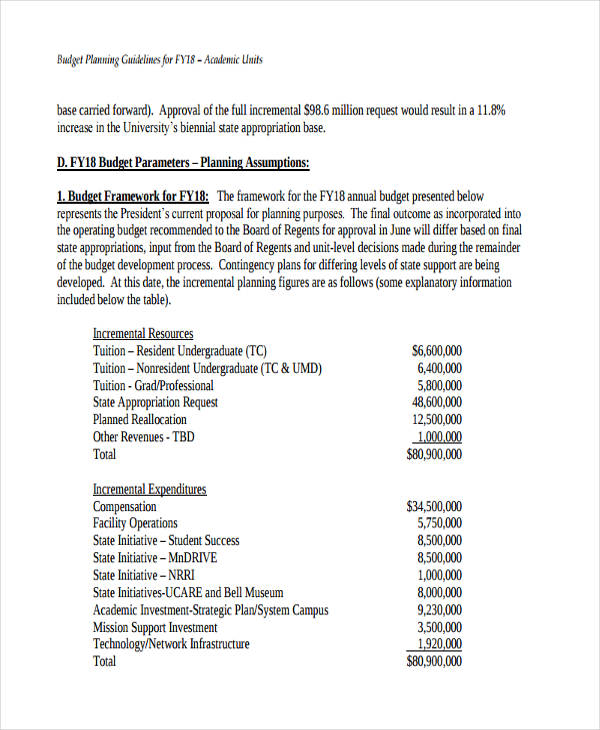

You can borrow as you go and request as little as $500 per term. As much as you can, try to Avoid Unnecessary Debt, you can decline loans you do not currently need (you can always request them later). Borrow Wisely: Be an informed consumer and a prudent borrower for the sake of your financial future.Visit and review our Loans section for more information. Whether a student is starting at a community college to later transfer to a four-year school, the cost of school can be daunting, but most families do qualify for some form of aid.
#Budget planning for college students plus
Loans: Various loans are available for students and/or their parents such as Federal Direct Loans, Parent PLUS Loans, and Private Loans.Visit and review our Scholarships section for more information. The more scholarships a student gets (even if each one is small), the more affordable college can be. Encourage students to look for scholarships early-ideally, between 11th and 12th grades. Sources of Funding: Visit and review our Types of Aid section for more information.Even if the assistance you receive is nothing more than an unsubsidized loan, the interest rate on the loan may be less than what you would pay on a private loan. Apply for aid early & every year! Students should apply for aid even if they and/or their parents do not think they will be eligible.The Watch Your Money Grow With Your Child is a fact sheet for parents with tips on saving money for college or career school. There are also traditional savings accounts for student, parents, and family members.



 0 kommentar(er)
0 kommentar(er)
